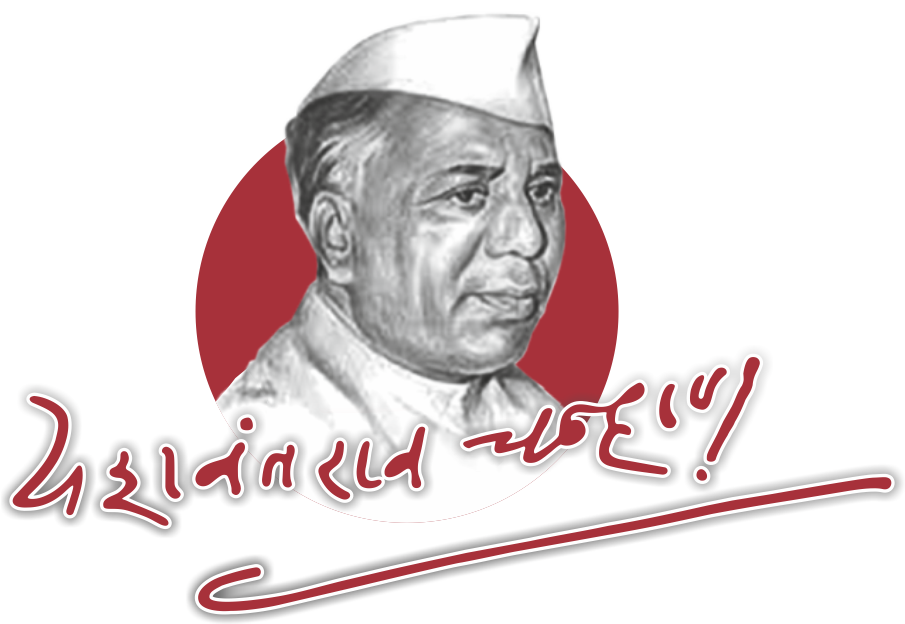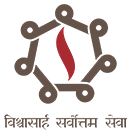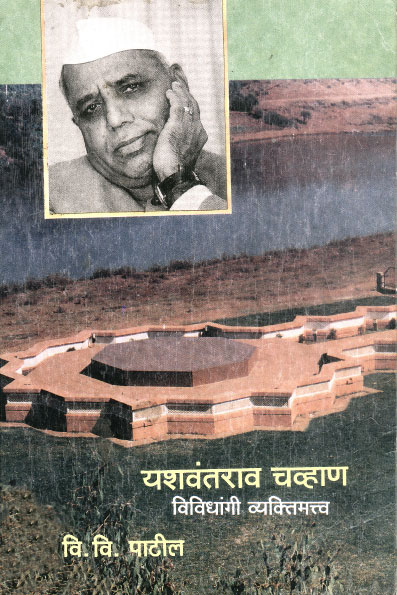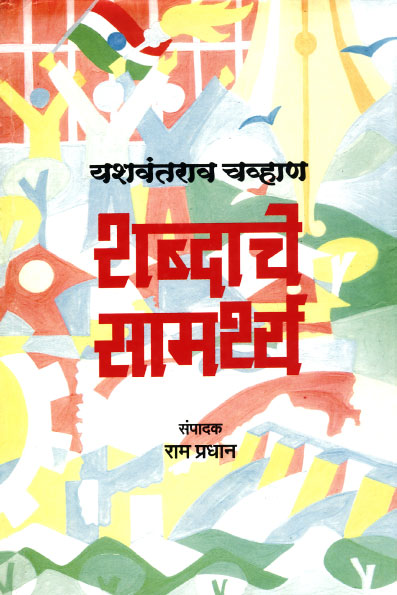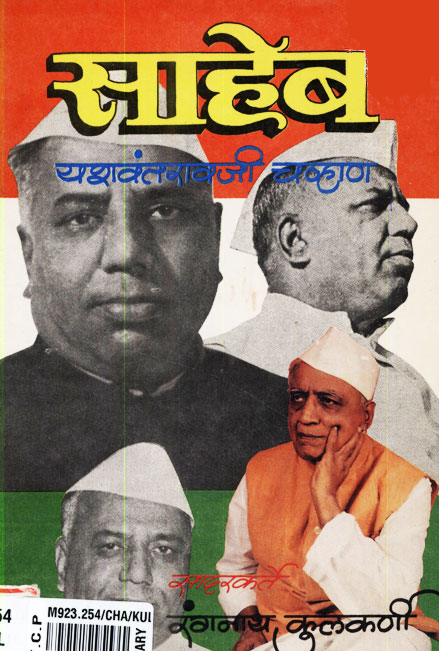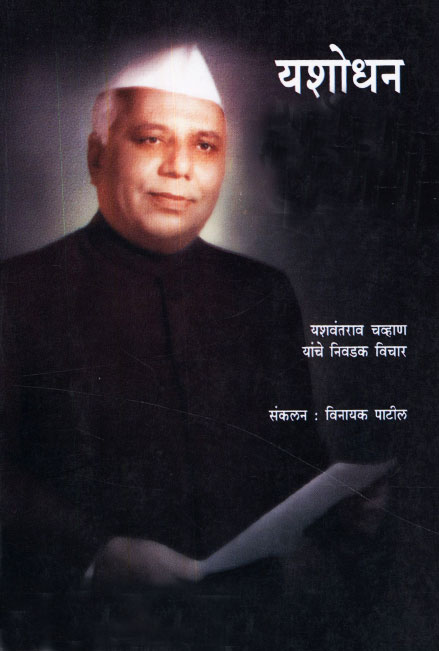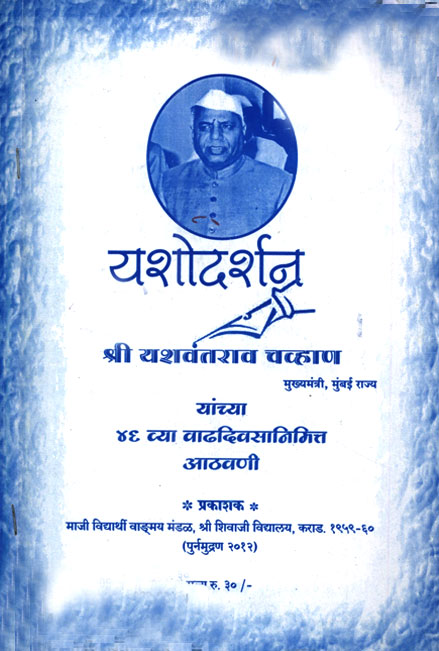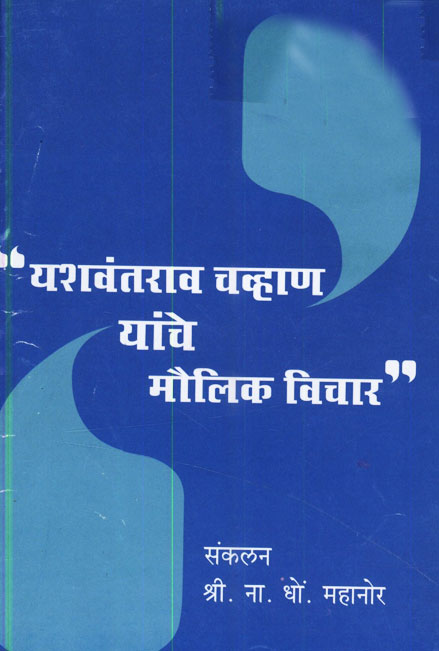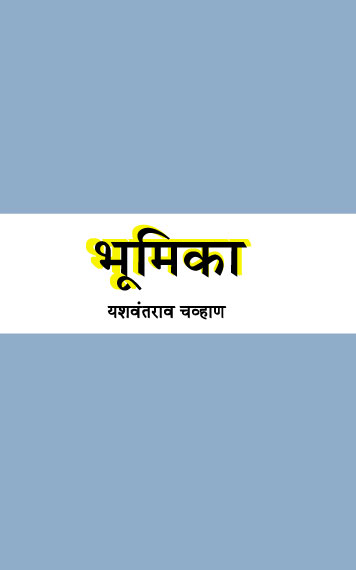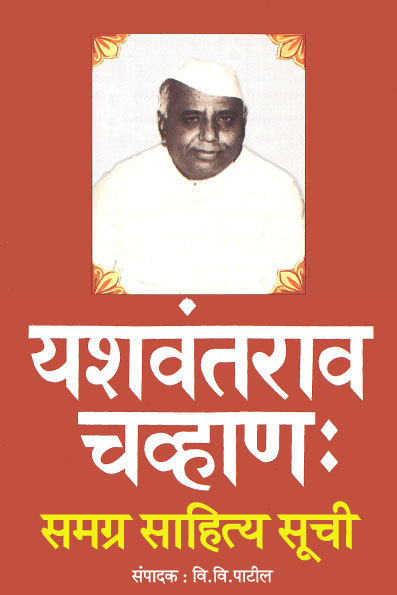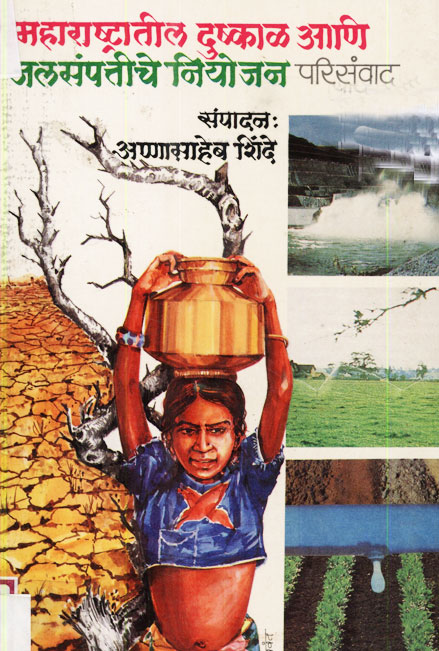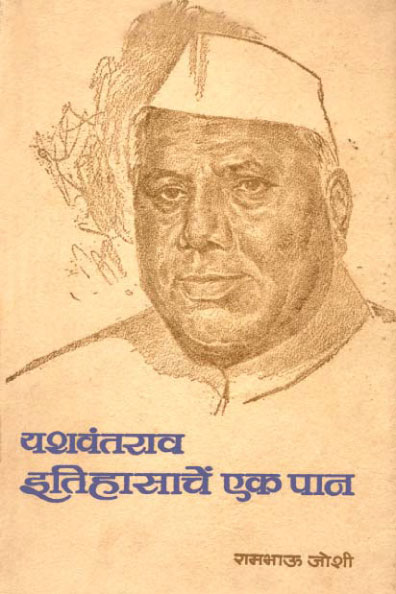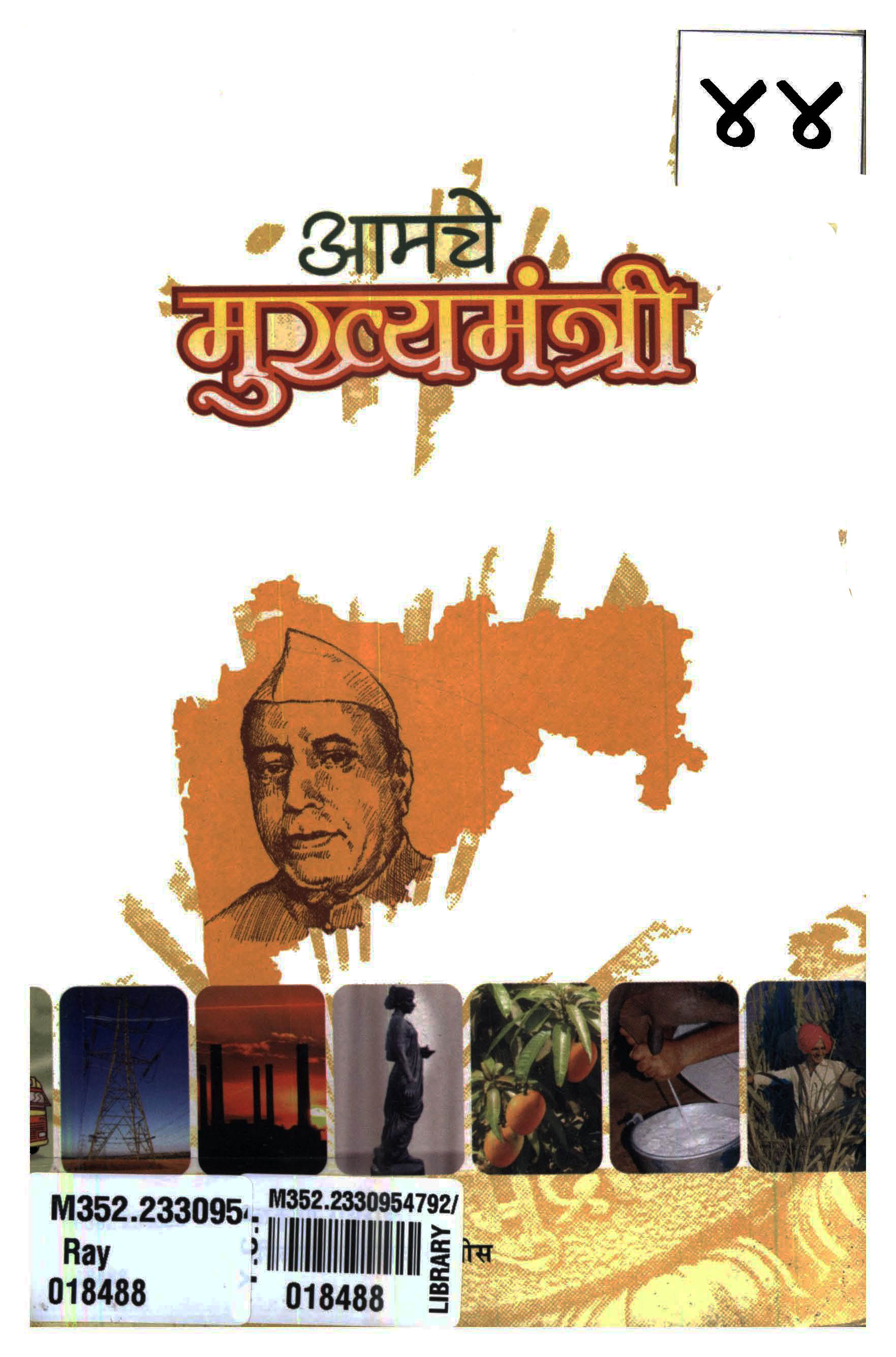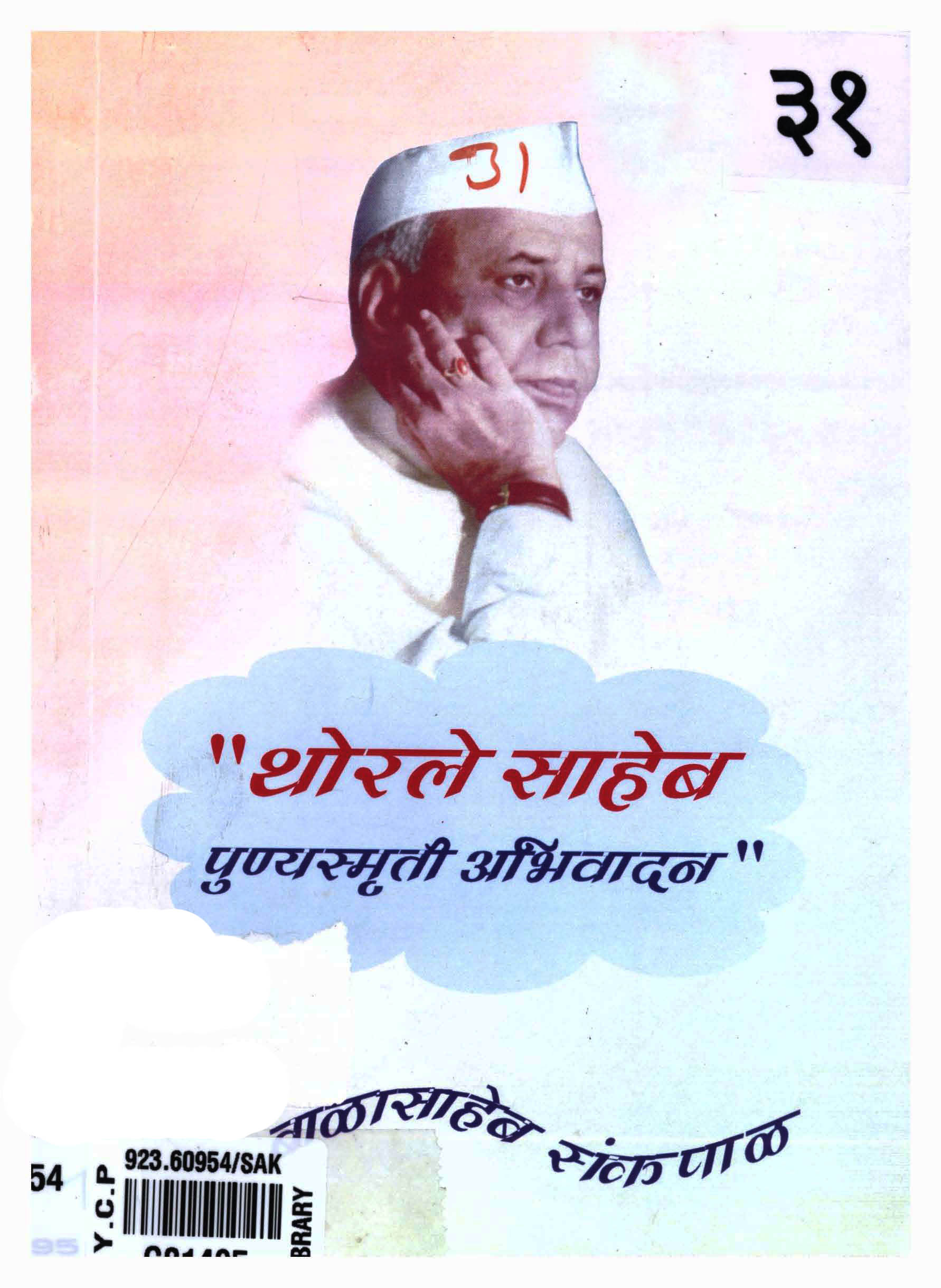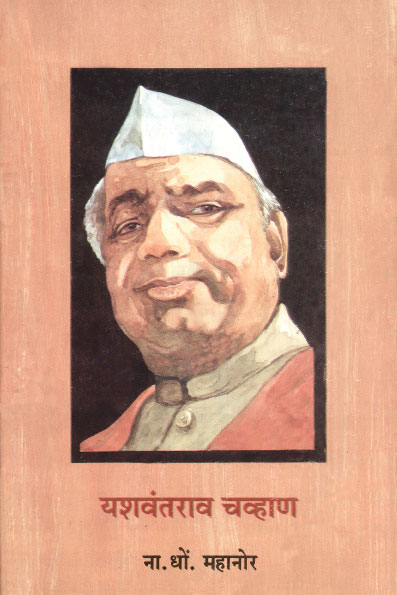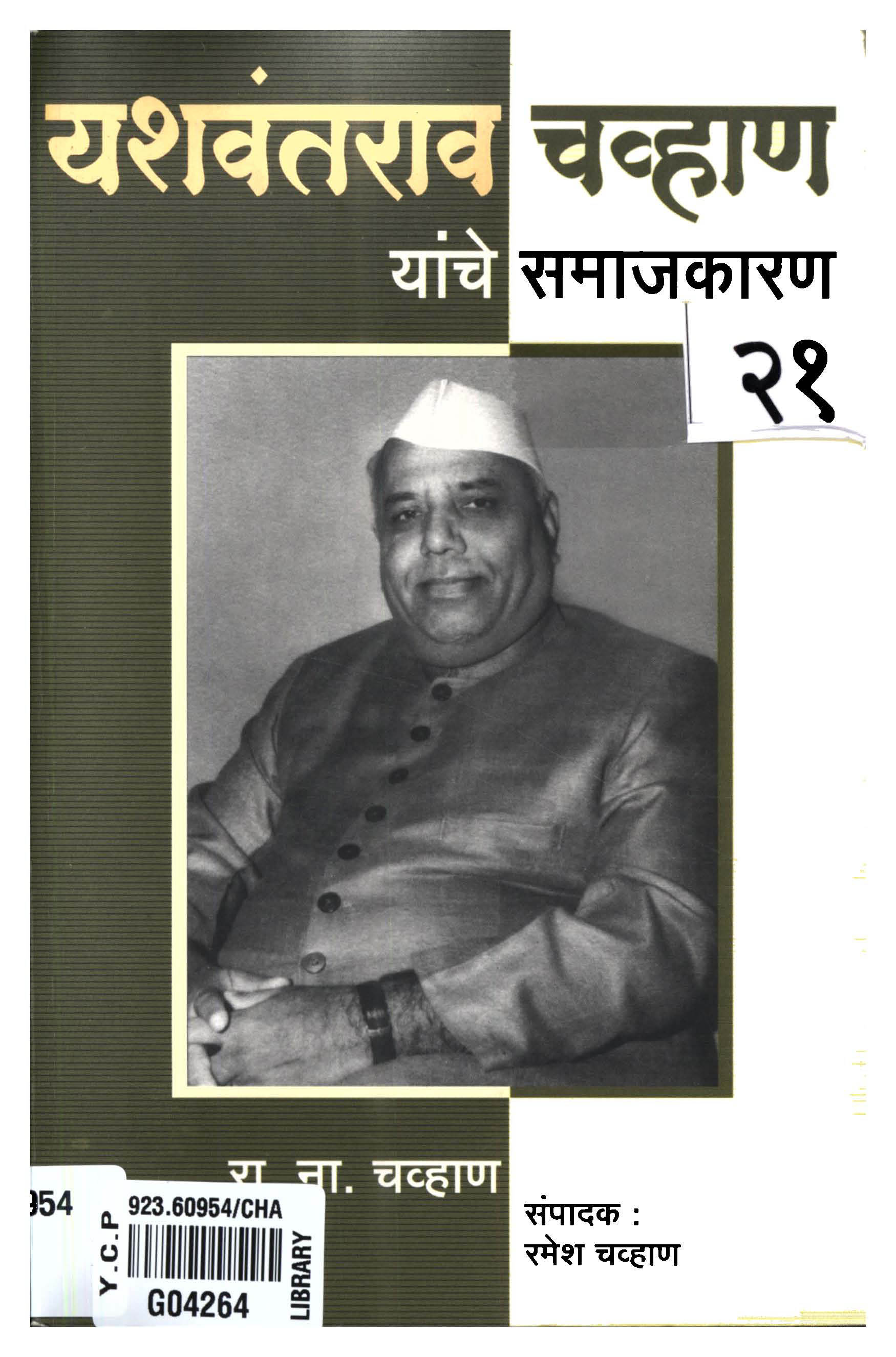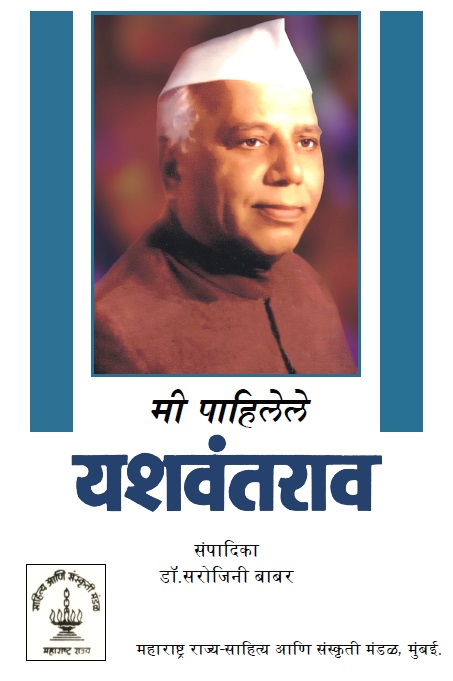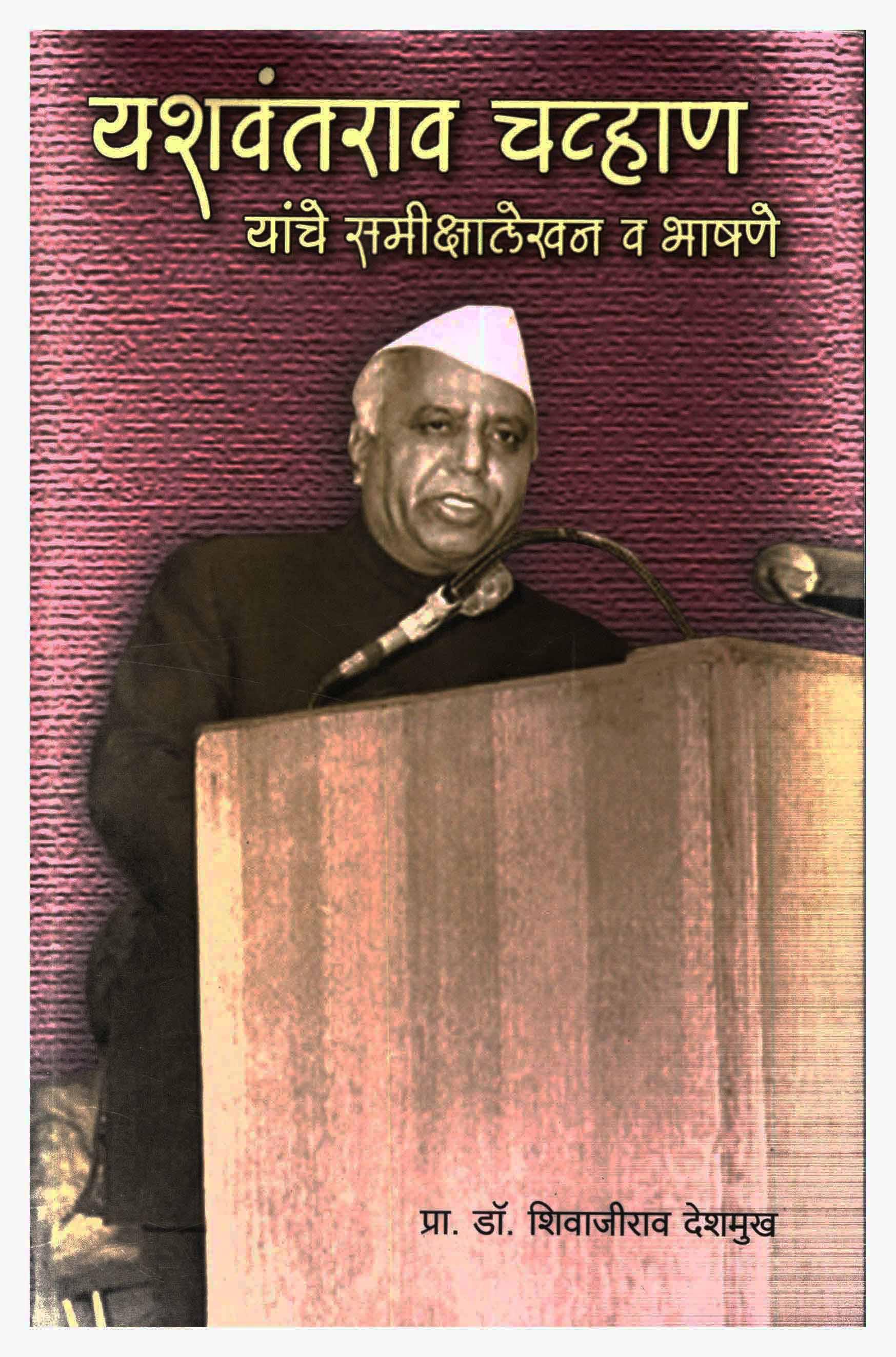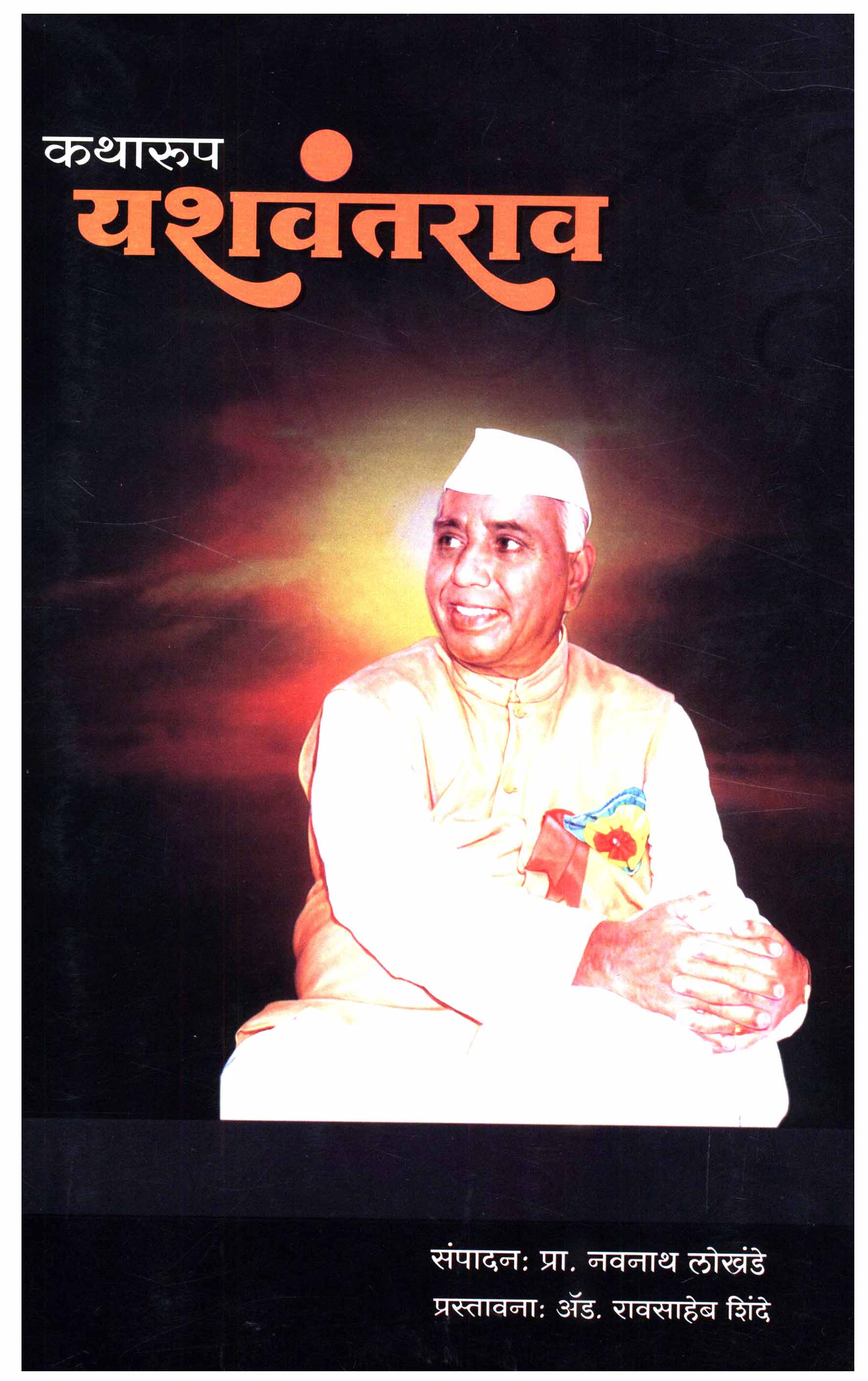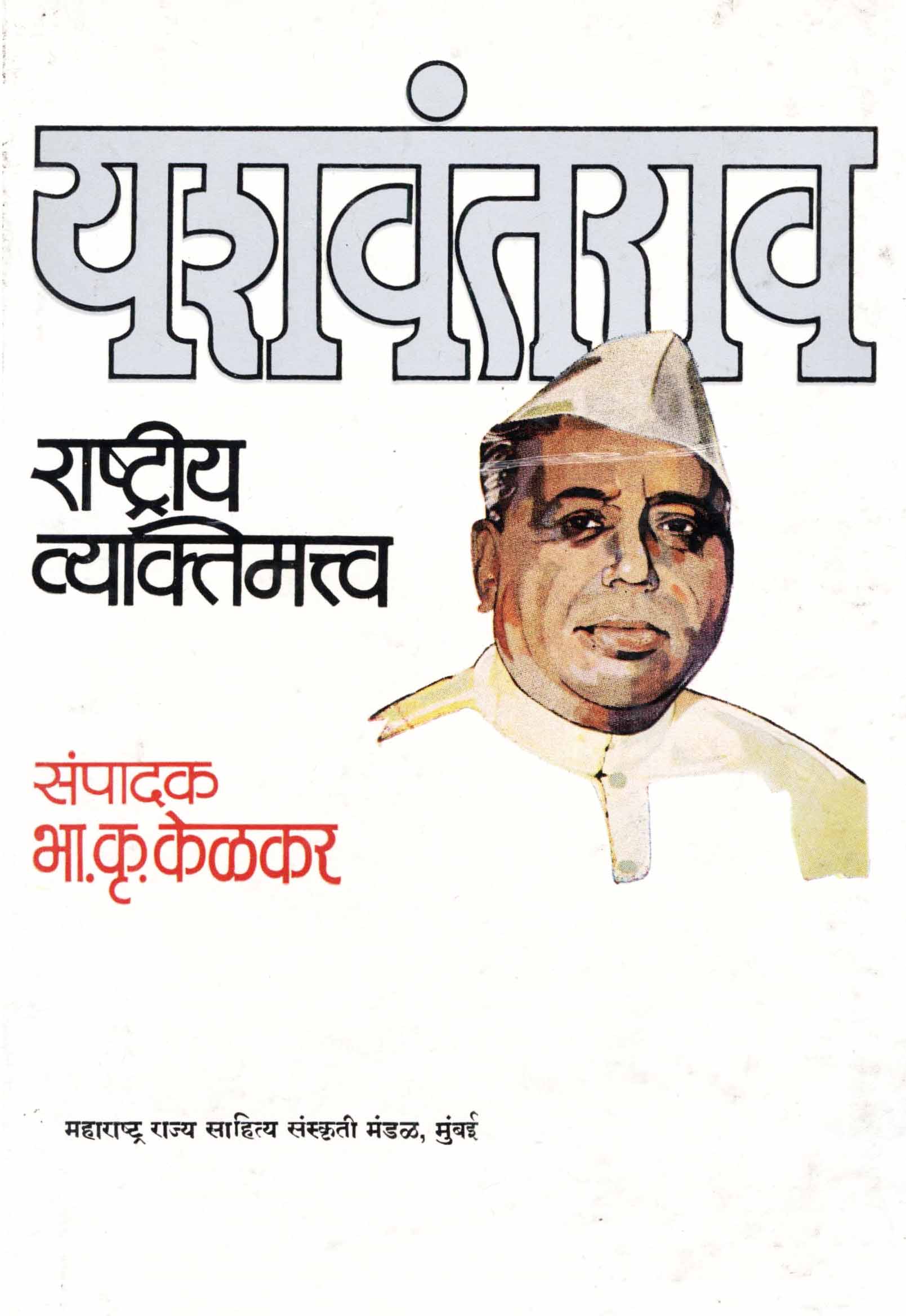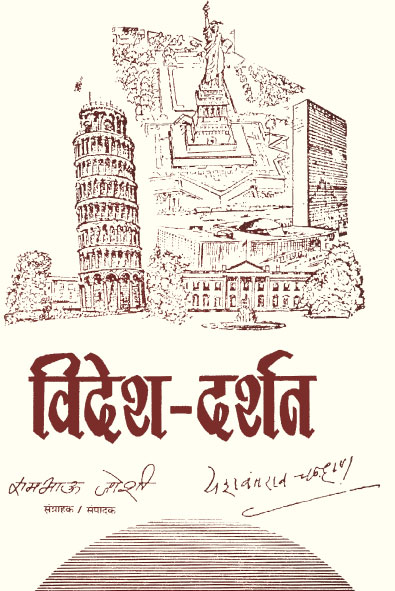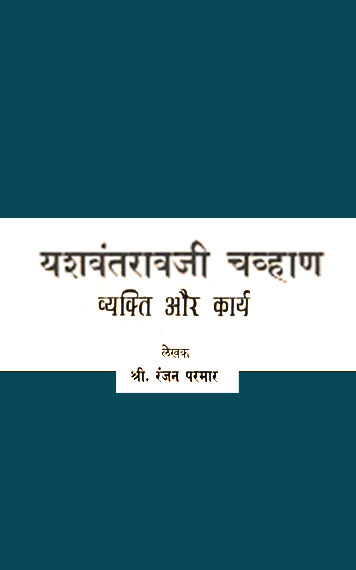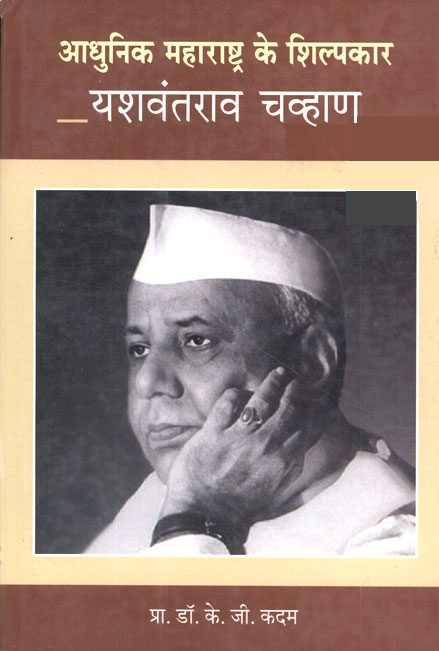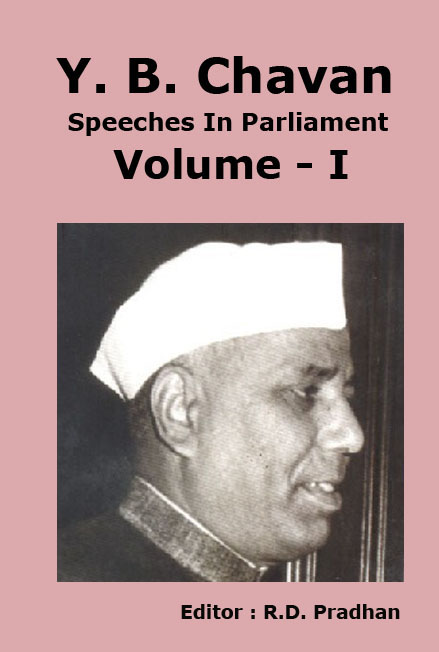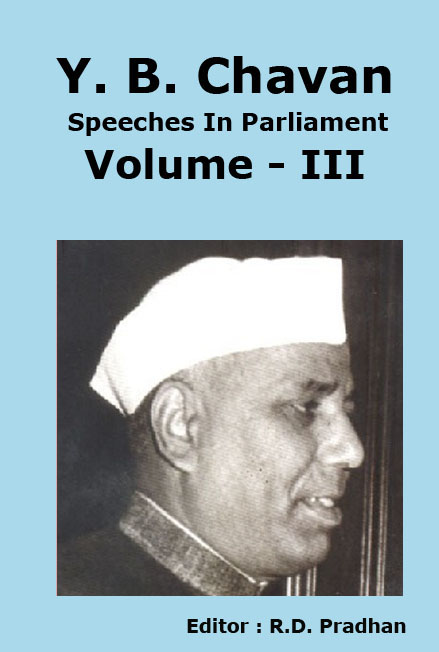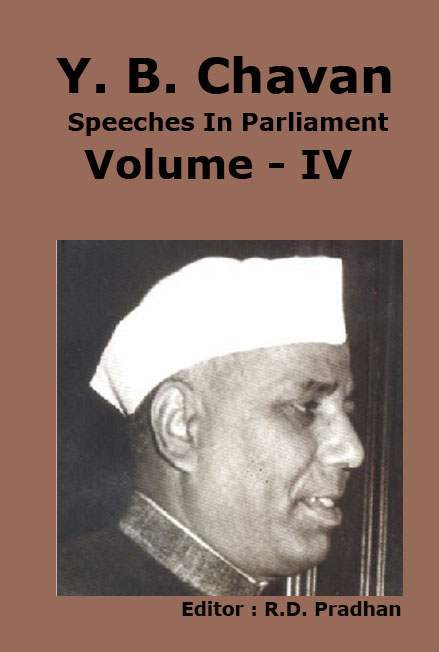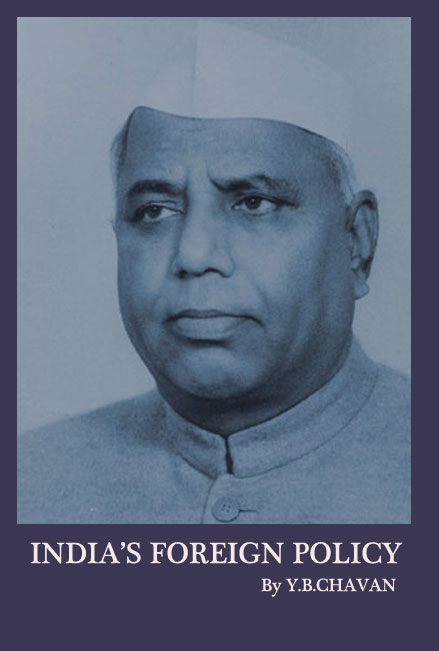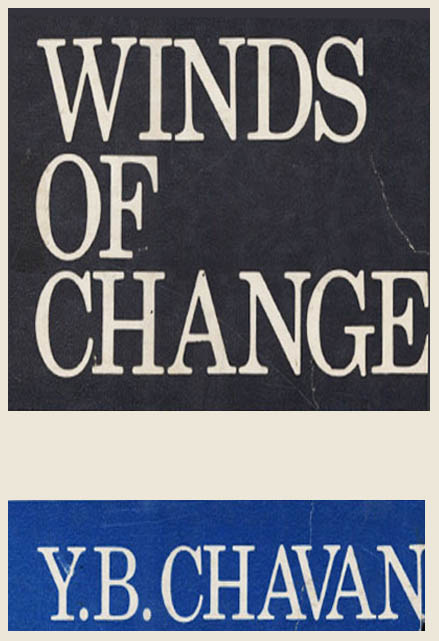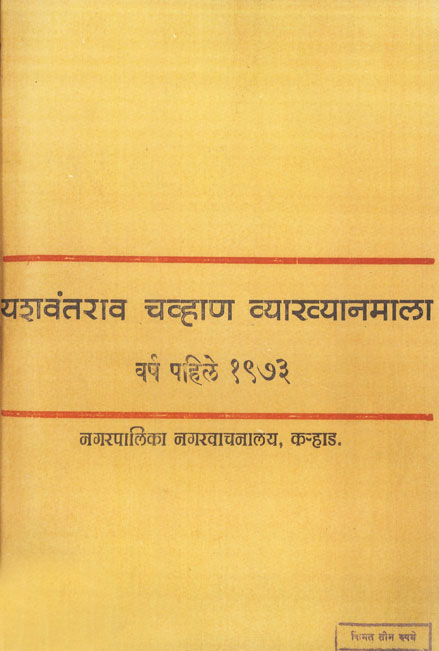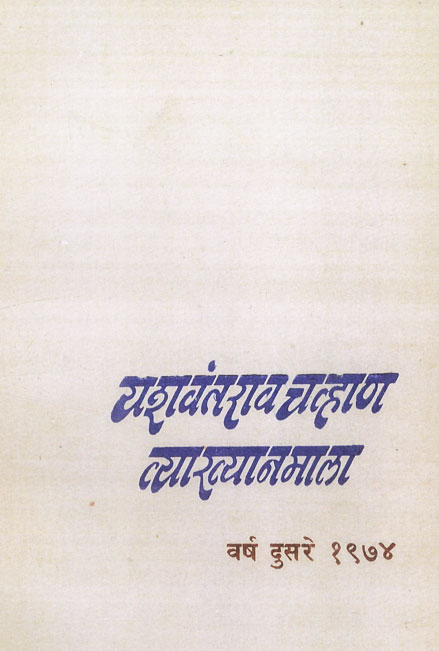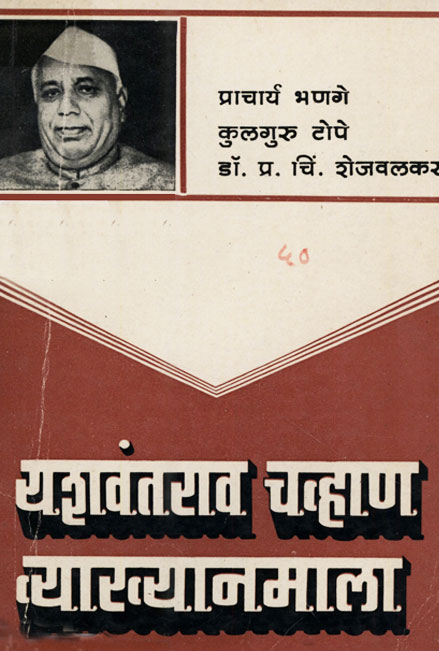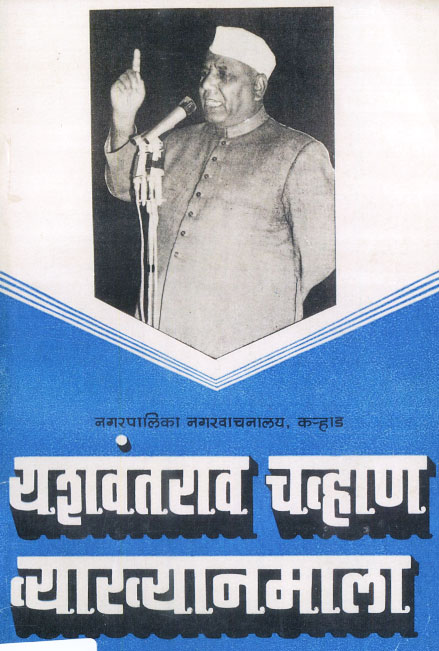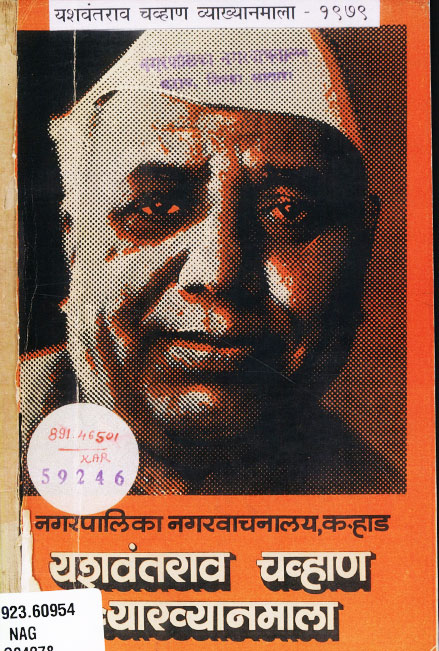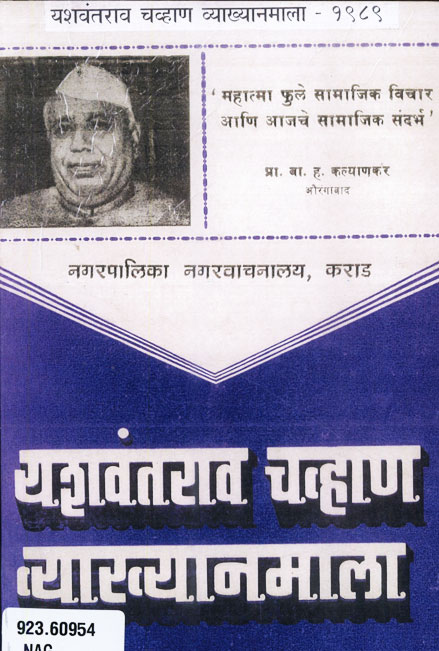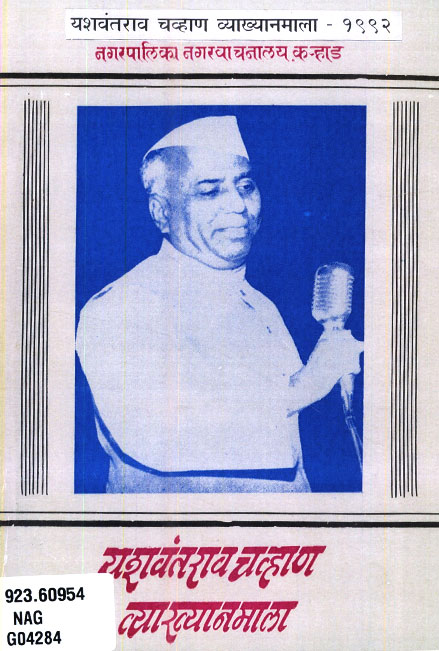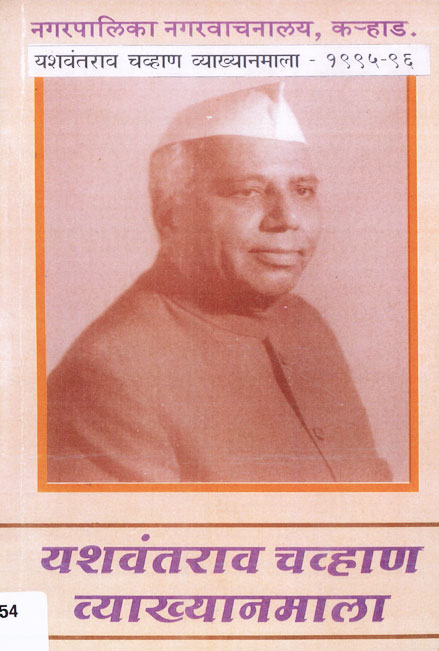Family Life
Yeshwantrao's father Balawantrao was a simple man who knew no comfort. He was part bailiff attached to the Court of the local Sub-Judge and part farmer. He died youngin fact, at the age of forty-four, becoming a victim of that terrible scourage: Plague. His youngest son, Yeshwantrao, at that time was hardly five to six years old. The other two sons Dnyanoba and Ganpatrao were only a few years older; so was the daughter, Radhabai.
Yeshwantrao spent the early years of his childhood with the family of his maternal uncle in Vite. He, therefore, had his primary education there. However, when his father became a bailiff at Karad, the whole family moved there. Things changed for the better, but then suddenly Balwantrao passed away and everything looked dark. Meanwhile, because of the kindness of an English official, Dnyanoba managed to get the same bailiff's job that his father had. That stemmed the tide of adversity; but still life became a problem for the widow, Vithabai, with three growing sons and a daughter to be looked after. Nonetheless, she was determinedwhatever be the oddsto educate her two other sons. Hence she put them in the newly-founded Tilak High School at Karad. Yeshwantrao was rather thin and poor in health in those days; but his self-confidence was supreme. One day a teacher asked the students in Chavan's class who they would most like to be. One said, "Shivaji"; another, "Tilak"; a third, "Gandhiji"; but when Yeshwantrao's turn came, he got up, and to the surprise of all, announced, "I just want to be Yeshwantrao Chavan."
Schooling in Karad
Of the two brothers Ganpatrao gave better promise. He was good both at the studies and games. He loved physical culture, particularly wrestling. But Yeshwantrao was of a different make. More than the studies or games the national struggle for freedom attracted him.
He took to Congress agitation while still at the school enthusiastically; as he explains" That school had great influence on me. I must say that the whole social life there was motivated by patriotic ideals and nationalist sentiments. I studied Tilak's biography, wrote articles about him, and took part in essay-competitions and elocution contests which were invariably on subjects of national or patriotic interest." Bright and intelligent Yeshwantrao won many prizes both in essay and elocution competitions. One of his articles on Lokamanya Tilak was so appreciated that it found a place in the school magazine. Another influence on Yeshwantrao was of Mahatma Jyotiba Fule, whose Satya Shodhak Movement appealed to him greatly, particularly because of its radical approach to social and economic problems. Denying that the movement was a product of the same forces which gave rise to the Justice Party in the South, Chavan says: "It grew among the working and poor people. Mahatma Fule was the founder of that movement. I will give you an instance. When the Congress Session was held in Poona in 1895, he had erected at the venue a huge statue of a peasant and placed it before the Congress pandal as a reminder to the delegates that they must think of the peasant and his life. That showed the character of the movement."
